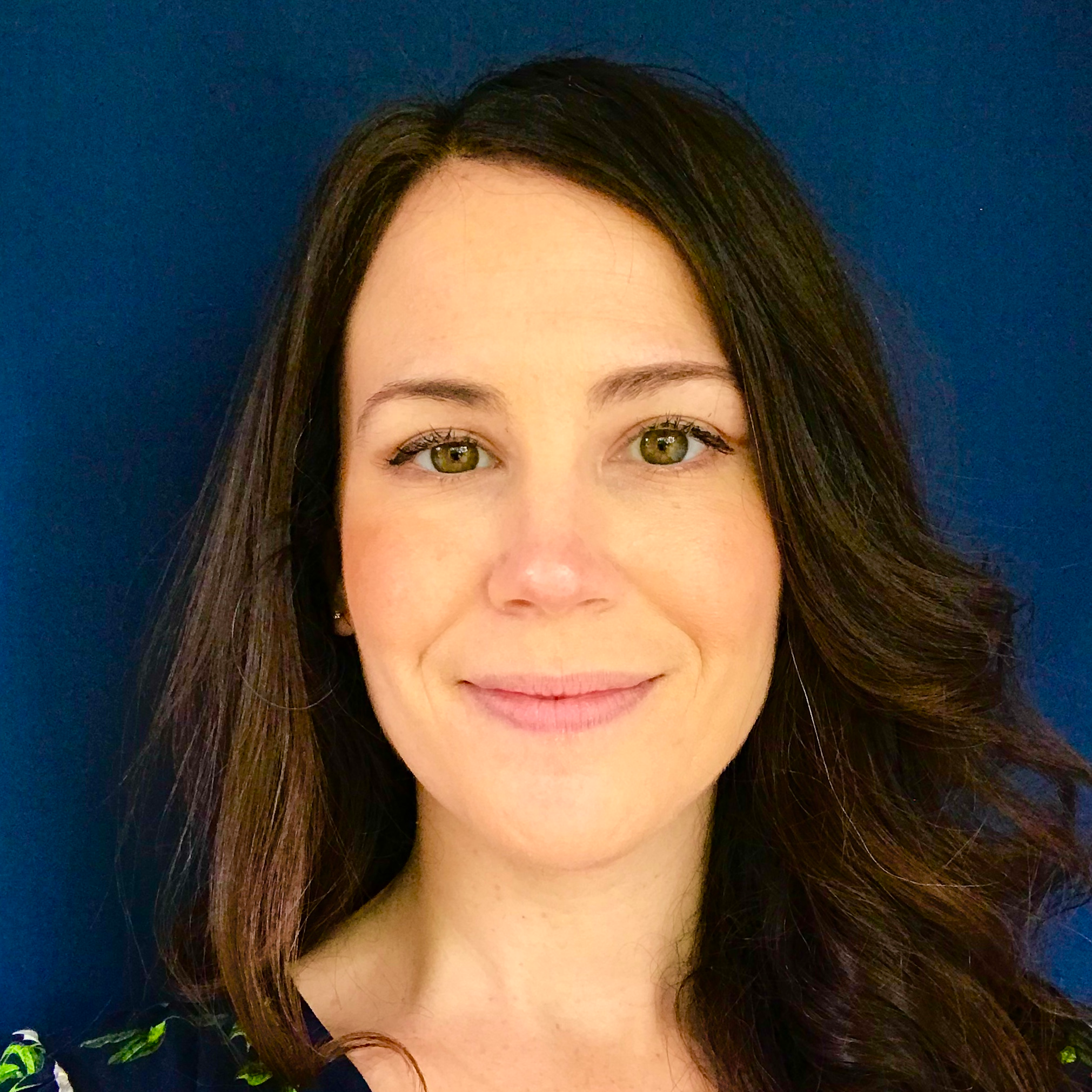Learning Paths
Skills
Data Visualization with R
 5 courses
5 courses 7 hours
7 hours- Skill IQ
One of the best ways to analyze data is visually. It takes a fraction of a second to create connections and see patterns. Data Visualization is one of the best ways to sum up hundreds, thousands, even millions of data points at a glance.
Courses in this path
Beginner
Create simple charts using base R graphics and create advanced charts using ggplot2.
Intermediate
Format the elements of ggplot2 plots to customize the visualization for a specific purpose as well as adding annotations to plots.
Advanced
Create special-purpose plots using specific R packages.




